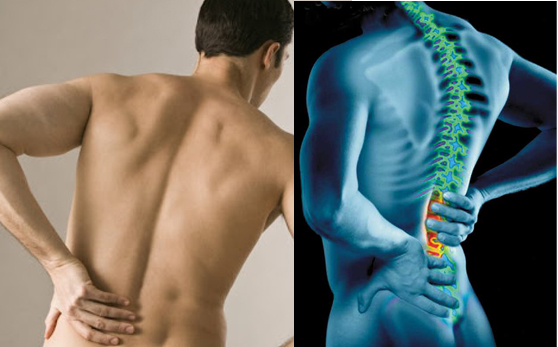
Proper posture is one that the individual in a static position, there is little effort the muscles and ligaments to keep this position, so that the static balance is facilitated (Black, 1993).
Currently a high percentage of the world population suffers from postural deviations, which can cause bothersome or may be extremely mild.
There are three types of postural deviations, namely scoliosis, hyperkyphosis and hyperlordosis.
Scoliosis
Kendall (1995) defines scoliosis as a lateral curvature of the spine. The column has a curvature in the anteroposterior direction, being that a curvature in the lateral direction is abnormal. As the spine can not lean sideways without also make rotation, scoliosis involves both lateral flexion and rotation.
Some of the causes of scoliosis, involve changes in bone structure, neuromuscular problems that affect the muscles of the trunk or shortening of the members, such as leg.
Hyperlordosis
The hyperlordosis, according Tribastone (2001), is a curvature with posterior concavity, abnormal for its intensity, may have as causes poor bone formation, incorrect postures, lack of exercise, wear fabric, compensation mechanism, stiffness and contractility, such factors lead to biomechanical consequences as: failure of the extensor muscles of the trunk by lumbar spinal paralysis, failure of the flexor muscles, particularly the rectus abdominis, insufficient gluteal muscles; retraction of iliopsoas and weight of the viscera.
Hyperkyphosis
The hyperkyphosis, according Tribastone (2001), one kyphotic thoracic curve. There are no precise data on the intensity of the curve and the value varies with respect to age, sex and race. When this value is excessive, it is attributed to deformities as kyphosis, so the curvature is considered pathological when are present in bone level structural features.